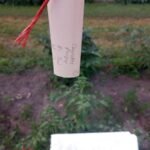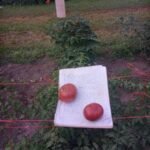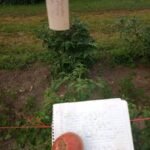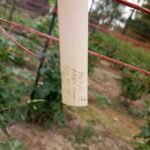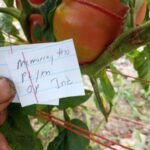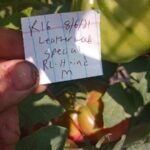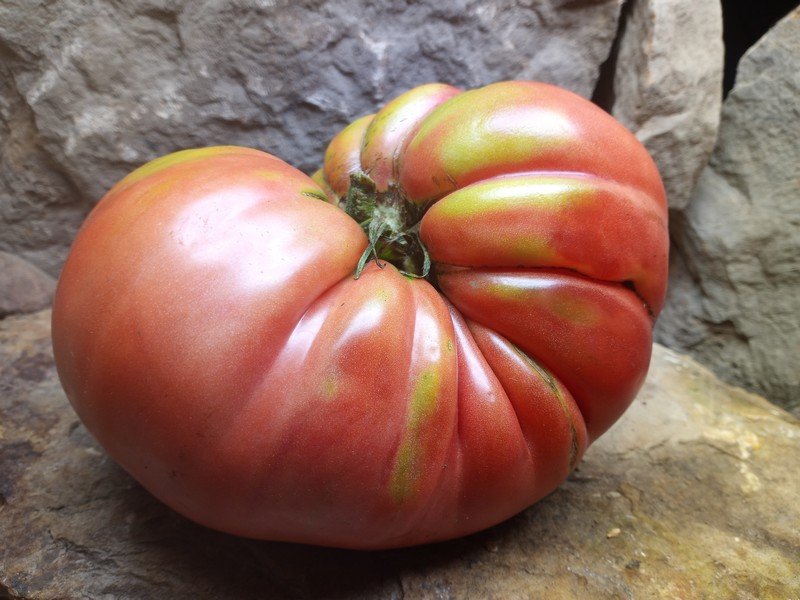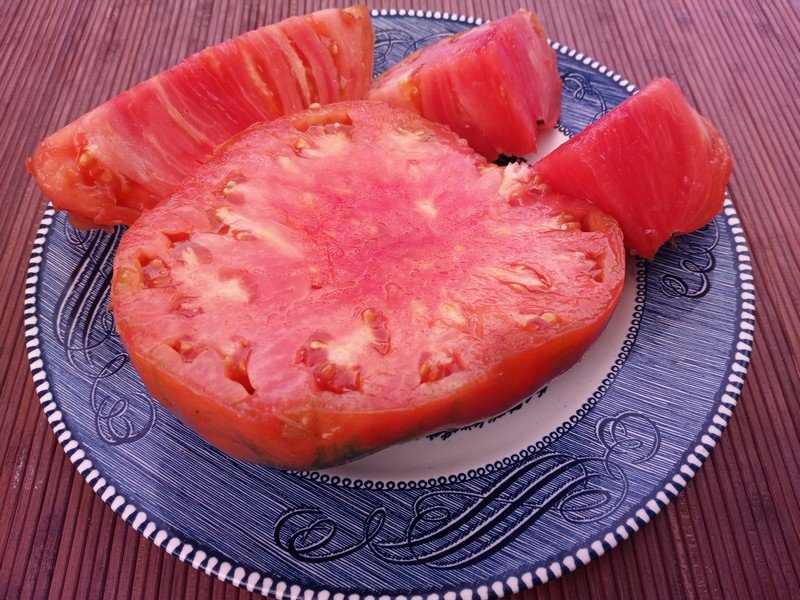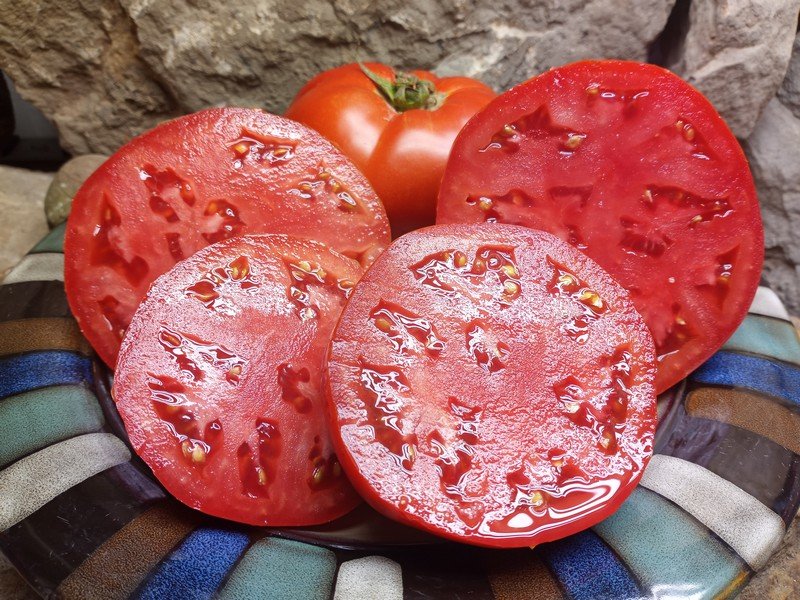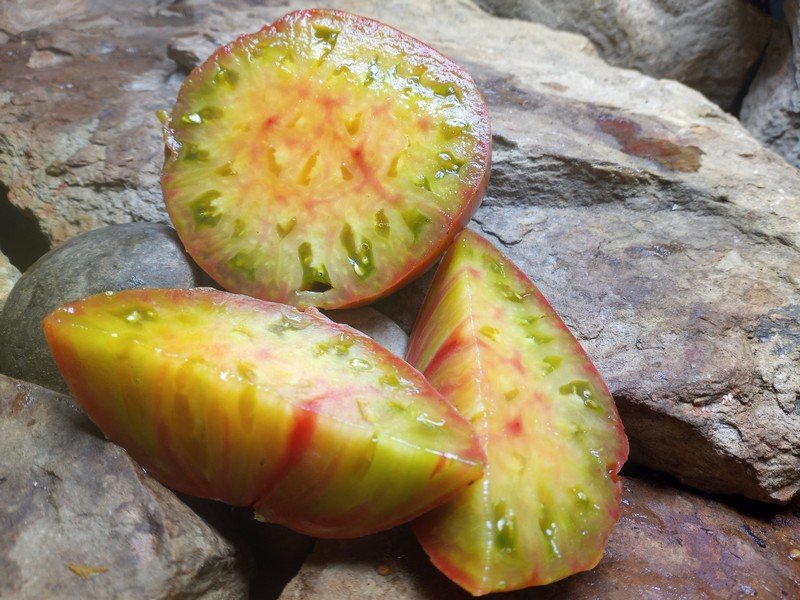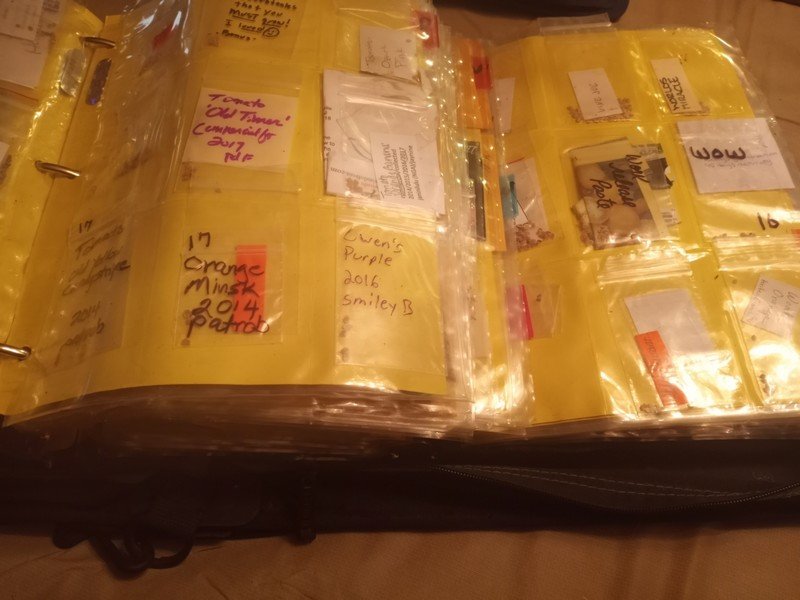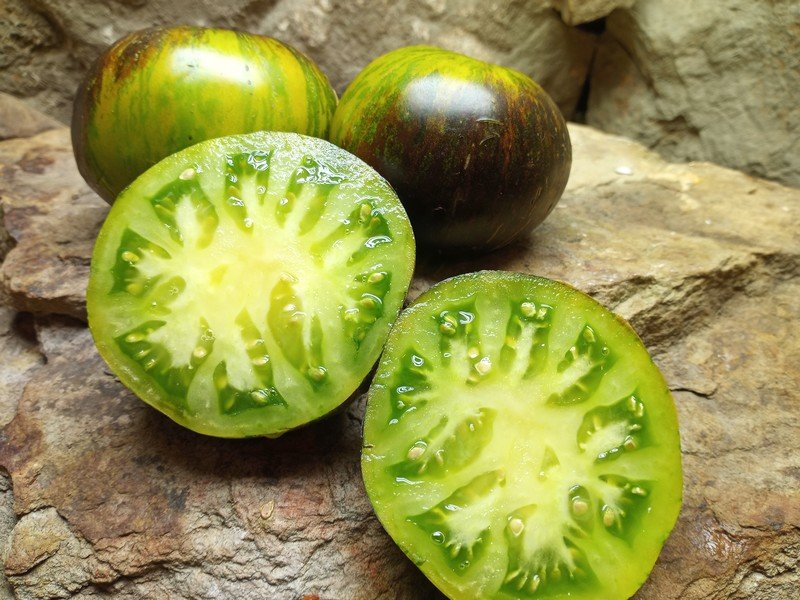How We Document What We Grow

What I Do To Document What I Grow Step By Step
In this blog, we will explain how we document what we are growing. There are a few steps in this process which some people may think it is double work. But we take these extra precautions to ensure we are selling true seeds to that variety.
Seeding and The First Tags
First we decide what I am going to grow and write it down. Next we start the seeding process. We will use tomatoes as the example, can work with other kinds of items also when seeding 8-10 weeks before going into the ground. So when we are starting our tomato seeds varieties, each cell or cup gets a tag with its name and date on it. If we did 3 cells or cups of John Henry Tomato, we would have 3 tags saying John Henry Tomato on them, along with the date we started the seeds. We start my tomato seeds in late January or beginning of February and try to have them all seeded by middle of February. For our tags we cut up blinds that we get from yard sales and thrift stores during the year, this will save you money on tags. We get roughly 450 tags out of a package of blinds. Also, we write the name of the variety of the item on the blind with a pencil. The reason for this is it does not fade or wipe off during the summer outside.
Planting Outside With Tags and Map
Ok now it is planting time outside when planting all our plants we started earlier 8-10 weeks before we start putting into the ground about a 2 weeks process. Each plant we put into the ground has a tag with it of what that plant is. So like before, 3 John Henry plants 3 John Henry tags. At the end of that day of planting. We finish that day by fully completing that row and write it in a notebook called my garden map. Say if we did 5 rows that day, we write how many of each variety in that row. Example 1 row has 20 plants in it starting from left to right we would write on my map Row 1–3 John Henry, 5 Delta diver, 2 Purple Heart, 5 Gerig, and 5 Australian Beauty. Now we know the order of the plants in each row and where they are located in the garden. Just in case something happens to my tags in the ground, we still know what the plants are. By the time the whole garden is finished being planted, your garden map will be done also.
Garden Map Cross-Reference
Now what we do with the garden map. Once we know what rows have what and where they are, we go back over all the plants. We will go back over all the plants, and we write down the leaf types we see. Then we come inside and research every tomato on the list. Then double check if the leaf types to see if they match. Say if they do not match, we put a check mark in the book. This tells us to check at the end of the season to see maybe if we got a mutated version. When researching, we are writing in the book and on another set of tags. It consists of leaf type, what part of the season they come in early, mid, late, indeterminate or determinate, heirloom or open pollinated. Sample in the book and 1 tag per variety in a row with the number of how many together. Would be John Henry L, RL, H, Ind that stands for late season, regular leaf, heirloom, indeterminate. Next we will use a hole punch and put a hole in the tag in the top corner. Now we will hang the tag above the variety on my top string. So when picking we do not have to dig around for the tag when writing what the tomato is while picking, saves a lot of time.
Picking and a Second Book
We will write a second book of all the rows and varieties of those rows like the first book, but it is blank after the name. The reason for this is cross-referencing. This book will be utilized when we are taking pictures it gets checked off when we got pictures, and we also write how the tomato taste, and it will coincide with the other book. Also, when picking we write the row number and the dates on the tag when it was picked along with the L, RL, H, Ind and name. This also helps when you have help in the garden, and you have a potato leaf next to a regular leaf your help can see it’s different when picking, The reason for this is double check ind or det during the season. Also, to see how ell each produced and when selling and replanting seeds you can test a batch or if a batch is bad you move on to the next date. When organizing your seeds you start with the earliest date and rotate to the latest date just like milk in a grocery store.
Last Cross-Reference When Listing
When we list our tomatoes, we take both my books and my notes and research each tomato. Say if the picture does not match the variety, we do not list it. Here is where we check my leaf types, Ind or Det, and the season also. This is where you realize if you have gotten something in trade or bought something that got mixed up from a company. This does happen but for me as a company we try not to have it happen this is why we take so many steps to make sure it does not happen, and we are double and triple checking everything.

